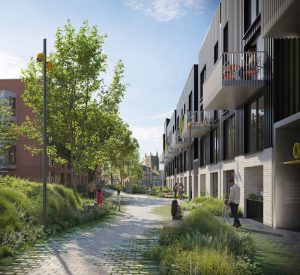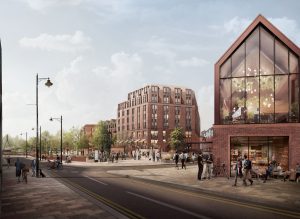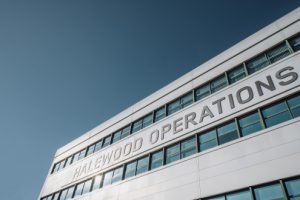Historic building set for new lease of life as part of HS2 regeneration
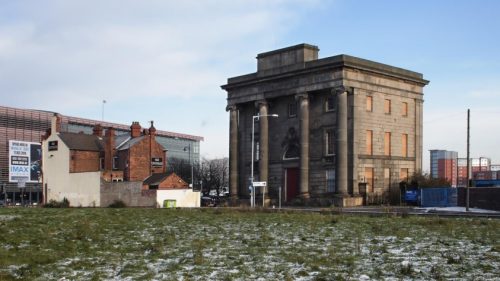
One of Birmingham’s best-known but sadly neglected buildings is set for a new lease of life as part of the city’s HS2-led regeneration.
HS2 Ltd, the company delivering the new high speed rail network, has submitted plans to Birmingham City Council, to refurbish the Grade 1 listed Curzon Street Station.
The station building is currently owned by the local authority.
The plan would see the refurbished building become a visitor centre for HS2, while at the same time offering exhibition spaces and a ground floor café for visitors.
Accommodation will also be provided on the first floor for start-up arts businesses participating in Birmingham City University’s new STEAMHouse project, while on the second floor, there would be office accommodation for Historic England (HE).
The scheme also includes associated car parking and landscaping.
HS2 said the condition of the building required a significant amount of work to ensure it is weather proof, safe and fit for purpose.
Some floor strengthening may also be required, with each floor requiring a level of remodelling, decoration and the installation of new equipment in order to provide suitable accommodation.
It said that with benefit of experience learned from the HS2 project in Euston, the theme of the restored building was likely to be described as “urban and edgy”, utilising untreated or white washed walls and stripped floorboards.
Historic England’s conservation officers have already reviewed the proposal on site and have raised no objections.
The refurbishment works are expected to be completed by end of 2017 or early 2018.
The construction period for the new HS2 station is expected to be ten years.
***
History
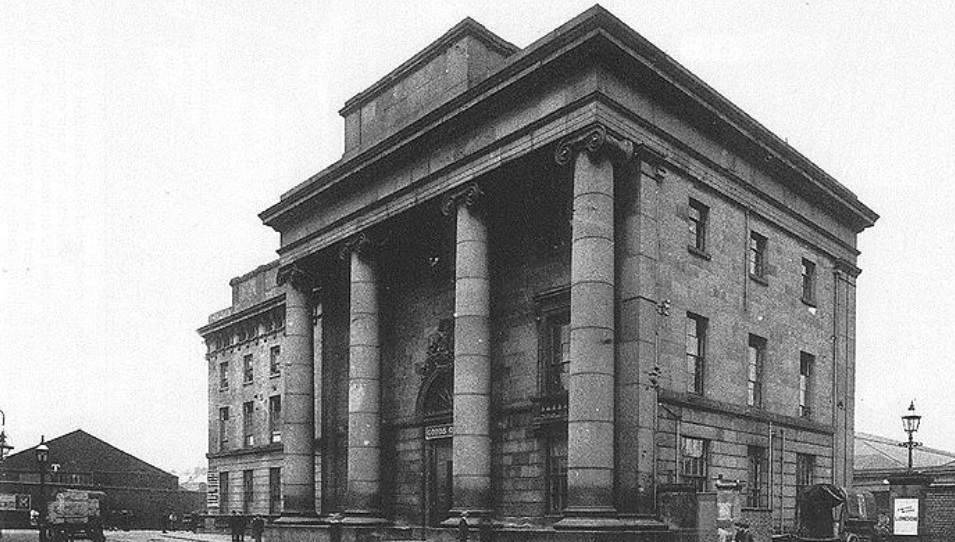
Curzon Street Station
The original Curzon Street Station building was designed by Philip Hardwick as the Birmingham terminus for the London and Birmingham Railway Co (L&BR) line that ran from Birmingham to Euston Station in London.
The building was opened on April 9, 1838 and was completed later that year. It was originally designed to function as the boardroom and offices for the LB&R with limited waiting facilities for railway passengers, though part of the ground floor was almost immediately taken over for a refreshments area.
The building underwent rapid change and in 1841 was converted for use as a hotel. A new hotel wing was designed by Robert Benson Dockray and attached to the north side of the original building.
At this point, the porte-cochere (carriage porch), originally attached to the station building’s north elevation, was demolished to make way for the new hotel wing. The principal building underwent other alterations to accommodate the hotel: some windows were converted to doorways, and other windows were blocked.
Curzon Street Station’s function as a passenger railway station was short-lived as passenger services were diverted in June 1854 to the newly constructed New Street Station, closer to the centre of Birmingham.
By July 1, 1854, all passenger services had been diverted away from Curzon Street Station. The 1860 Curzon Street engine shed closure resulted in the Curzon Street Station building being converted into the main Birmingham goods depot for the London and Northwest Railway (L&NWR), with conversion works completed in 1865.
In 1870, the houses to the south of the principal building were demolished.
It then remained largely untouched for the best part of a century, surviving an attempt by the railway company to demolish it in 1907.
An oil bomb and incendiary damaged the building in the August 1940 blitz and repairs were carried out.
The goods depot eventually closed in 1966 and having no further use for the building, British Rail applied in 1978 to have it demolished. However, permission was refused and it was bought by the city council the following year.
Between 1979 and 1982, restoration works were carried out but the hotel wing to the north was demolished.
It was subsequently occupied at various times by charities and at one stage was considered as a home for the Royal College of Organists. However, it is currently not in use.
A heritage statement on the proposed work has been prepared by consultants Atkins on behalf of HS2 Ltd.
It said: “Curzon Street Station is a Grade I listed building, is significant for its exceptional architectural and historic interest. Therefore, special regard must be had towards the desirability of preserving the building’s historic fabric and its setting, as well as any of its features that are of architectural or historic value,” says the statement.
“The current design proposals for Old Curzon Street Station seek to install up-to-date services to allow the building to be used for offices, teaching spaces with a ground floor café and exhibition space.
“Alterations include upgrading of doors to meet fire safety standards; upgrading of toilet facilities and provision of toilet and lift access facilities for reduced-mobility users. Re-wiring and re-plumbing will be carried out. In limited areas, alterations carried out in the 1980s (such as the construction of partition walls) will be reversed, to reinstate original circulation patterns intended by (architect) Hardwick when the building was first constructed.
“Other proposed works include improvements to lighting and flooring to reflect the proposed office usage, as well as general redecoration.


